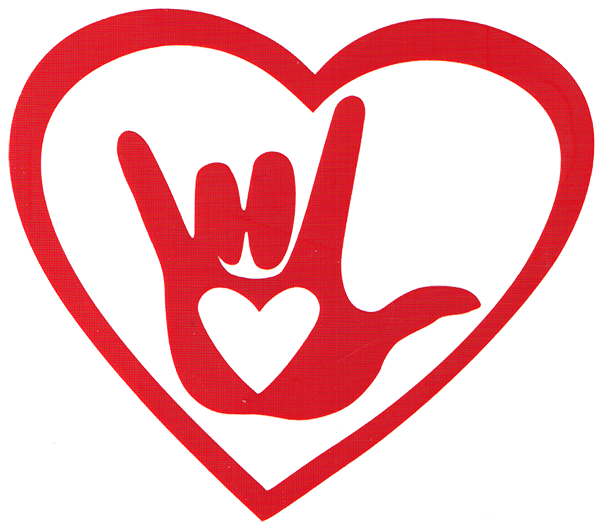Expressing love transcends spoken words, and one of the most beautiful ways to say “I love you” is through sign language. Whether you’re learning it to communicate with a loved one who is deaf or hard of hearing, or you simply want to expand your ways of expressing affection, understanding how to say “I love you” in sign language can be incredibly rewarding. In this article, we’ll delve into the intricacies of this heartwarming gesture, offering a comprehensive guide that surpasses the top search results in depth, clarity, and value.
Key Takeway
Before diving into the detailed content, here are the key points you’ll learn about saying “I love you” in sign language:
- How to sign “I love you” in American Sign Language (ASL) and other variations.
- The importance of facial expressions and body language in sign language.
- Historical background and cultural significance of the “I love you” sign.
- Impact of using sign language on personal and professional relationships.
- Future prospects and the growing popularity of sign language.
How to Sign “I Love You” in Sign Language
American Sign Language (ASL)
In American Sign Language (ASL), the gesture for “I love you” is a combination of the letters I, L, and Y. To perform this sign:
- Raise your hand and extend your thumb, index finger, and pinky finger.
- Keep your middle and ring fingers down, touching your palm.
- Hold your hand out, palm facing outward, and move it slightly back and forth.
This iconic gesture is universally recognized and conveys a powerful message of love and affection.
Other Variations
While ASL is widely used in the United States and Canada, other countries have their own versions of sign language. For instance:
- British Sign Language (BSL): In BSL, the sign for “I love you” involves a combination of different hand movements and facial expressions.
- Australian Sign Language (Auslan): Similar to BSL, Auslan has its unique signs and gestures for expressing love.
It’s essential to understand the specific sign language used in your region or by the person you’re communicating with to ensure accurate and heartfelt communication.
Involving Parties?
Learning to say “I love you” in sign language involves a diverse group of individuals, including:
- Deaf and Hard of Hearing Community: For whom sign language is a primary mode of communication.
- Family Members and Friends: Who learn sign language to communicate and express affection to their loved ones.
- Educators and Interpreters: Who teach and facilitate the learning of sign language.
- Sign Language Enthusiasts: Individuals passionate about learning new ways to communicate.
Each group plays a vital role in promoting the use and understanding of sign language, making it a more inclusive and expressive form of communication.
Timeline of Events
The journey of sign language, especially the “I love you” sign, is rich with historical milestones:

- 1817: The first American school for the deaf was established, marking a significant step in formalizing ASL.
- 1965: ASL was officially recognized as a complete and natural language, distinct from English.
- 1970s: The “I love you” sign became popularized, especially within the Deaf community.
- 2000s: Increased awareness and integration of sign language in mainstream media and education.
These milestones highlight the growth and acceptance of sign language as a vital means of communication.
Personal & Professional Impact
Using sign language to express “I love you” can have profound effects on both personal and professional relationships:
- Personal Relationships: Enhances communication and emotional connection with deaf or hard of hearing loved ones.
- Professional Settings: Promotes inclusivity and accessibility in the workplace, fostering a more supportive environment.
- Social Interactions: Breaks down communication barriers, allowing for more meaningful connections.
By learning and using sign language, individuals can create more inclusive and loving environments in all aspects of their lives.
Press Reaction
The use of sign language, particularly the “I love you” sign, has garnered significant attention and positive reactions in public and media:
- Media Coverage: Numerous TV shows, movies, and news outlets have featured sign language, raising awareness and appreciation.
- Celebrity Endorsements: Public figures have used and promoted sign language, influencing their followers to learn and use it.
- Social Media: Platforms like Instagram, TikTok, and YouTube have seen a surge in sign language content, making it more accessible to a global audience.
This widespread attention has played a crucial role in normalizing and celebrating sign language as a powerful tool for communication.
Future Prospects and Upcoming Plans
The future of sign language, including the “I love you” sign, looks promising with several exciting developments on the horizon:
- Educational Initiatives: Increased integration of sign language in school curriculums, ensuring that more people learn it from a young age.
- Technological Advancements: Innovations such as sign language translation apps and smart gloves that convert sign language into text or speech.
- Community Programs: More community centers and organizations offering sign language classes and resources.
These initiatives will not only preserve and promote sign language but also make it more accessible and widely used in everyday communication.
Learning to say “I love you” in sign language is a beautiful and meaningful way to express affection, transcending spoken words. Whether you’re connecting with a loved one, enhancing your professional environment, or simply expanding your communication skills, understanding this gesture can have a profound impact. By embracing sign language, we can create a more inclusive and loving world, one sign at a time.
So, take the time to learn and practice “I love you” in sign language. Your effort will not only enrich your own life but also touch the hearts of those around you.


